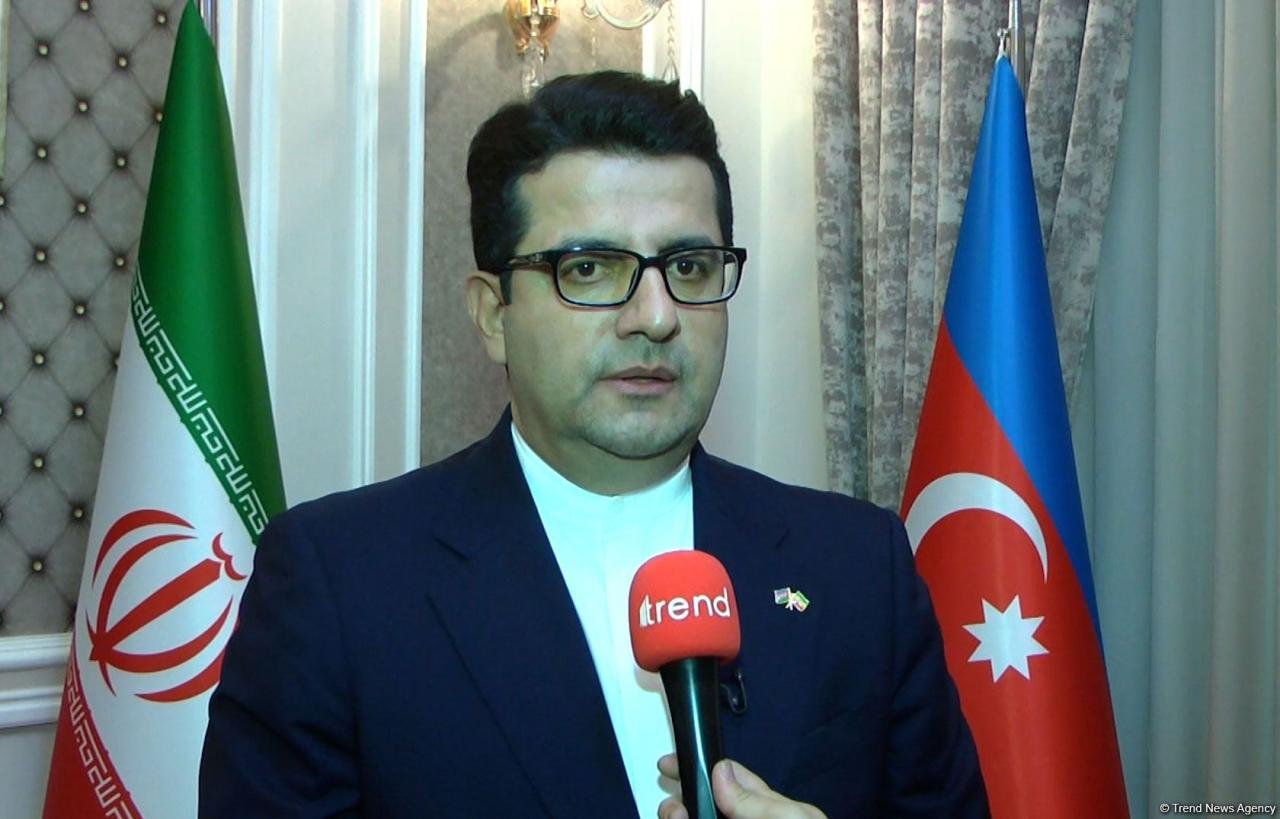Steps being taken to build new bridge over Astarachay between Azerbaijan and Iran – ambassador

By Trend
A number of agreements on joint cooperation between Azerbaijan and Iran are being implemented, the Iranian Ambassador to Azerbaijan Seyed Abbas Mousavi told Trend.
According to him, one of these agreements is related to the Giz Galasi and Khudafarin hydro junctions and hydroelectric power plants (on the Araz River on the Azerbaijan-Iran border).
"Construction work at the Giz Galasi and Khudafarin hydro junctions is almost completed. At present, equipment and turbines are being installed at these hydro junctions, which, as I estimate, will become operational in less than a year," he said.
The Giz Galasi and Khudafarin hydro junctions have a capacity of more than 1.6 billion cubic meters. Also, the hydroelectric power plants of the same name will have a capacity to generate 280 megawatt-hours of electricity in total. These hydro junctions and hydroelectric power plants will allow both sides to share the water and energy resources of the Araz River.
The ambassador also pointed out Azerbaijan and Iran are two countries located in the center of the North-South Transport Corridor. The platform will be used for the economic development of both countries. In this regard, a part of the railway terminal in Iran’s Astara has been put into operation, and construction work is underway in rest.
The foundation of the ‘North-South Transport Corridor’ was laid on the basis of an intergovernmental agreement signed between Russia, Iran, and India on September 12, 2000.
In total, 13 countries have ratified the agreement, including Azerbaijan, India, Iran, Russia, Turkey, etc.
The purpose of creating a corridor is to reduce the delivery time of cargo from India to Russia, as well as to North and West Europe. Delivery time on the current route is more than 6 weeks, it is expected to be reduced to 3 weeks via North-South Transport Corridor.
The route of the North-South corridor in North Europe - Russia and West Europe - Russia, and in three directions:
Caucasus - Persian Gulf (West route);
Central Asia - Persian Gulf (East route);
Caspian Sea - Iran - Persian Gulf (Central route).
A 1.4-km road has been laid from the railway bridge over the Astarachay to the cargo terminal built in the territory of Iran.
The 175 km long Qazvin-Rasht railway was officially put into operation on March 6, 2019, to connect Azerbaijani railways with the Iranian railway network within the corridor. In addition, the 167 km long Rasht-Astara railway line must be built in Iran.
Mousavi stressed that certain steps are being taken to build a new bridge over the Astarachay between the two countries.
The current bridge over the river dates back to World War II. All cargo transportation is carried out over this bridge, and with the opening of the new bridge, cargo transportation via the old bridge will be reduced. The construction of the bridge will cost about 4.5-5 million euros and will be built jointly by the two countries. With the opening of the new bridge, trade turnover, including, imports, exports, and transit between the two countries will increase.
"In addition, there is also an electricity exchange between the two countries. At the same time, work is underway to synchronize electricity between Iran, Azerbaijan, and Russia," the ambassador noted.
Iran can import up to 130-megawatt hours of electricity per day from Azerbaijan via the power line in Mughan, Iran.
---
Follow us on Twitter @AzerNewsAz
Here we are to serve you with news right now. It does not cost much, but worth your attention.
Choose to support open, independent, quality journalism and subscribe on a monthly basis.
By subscribing to our online newspaper, you can have full digital access to all news, analysis, and much more.
You can also follow AzerNEWS on Twitter @AzerNewsAz or Facebook @AzerNewsNewspaper
Thank you!
